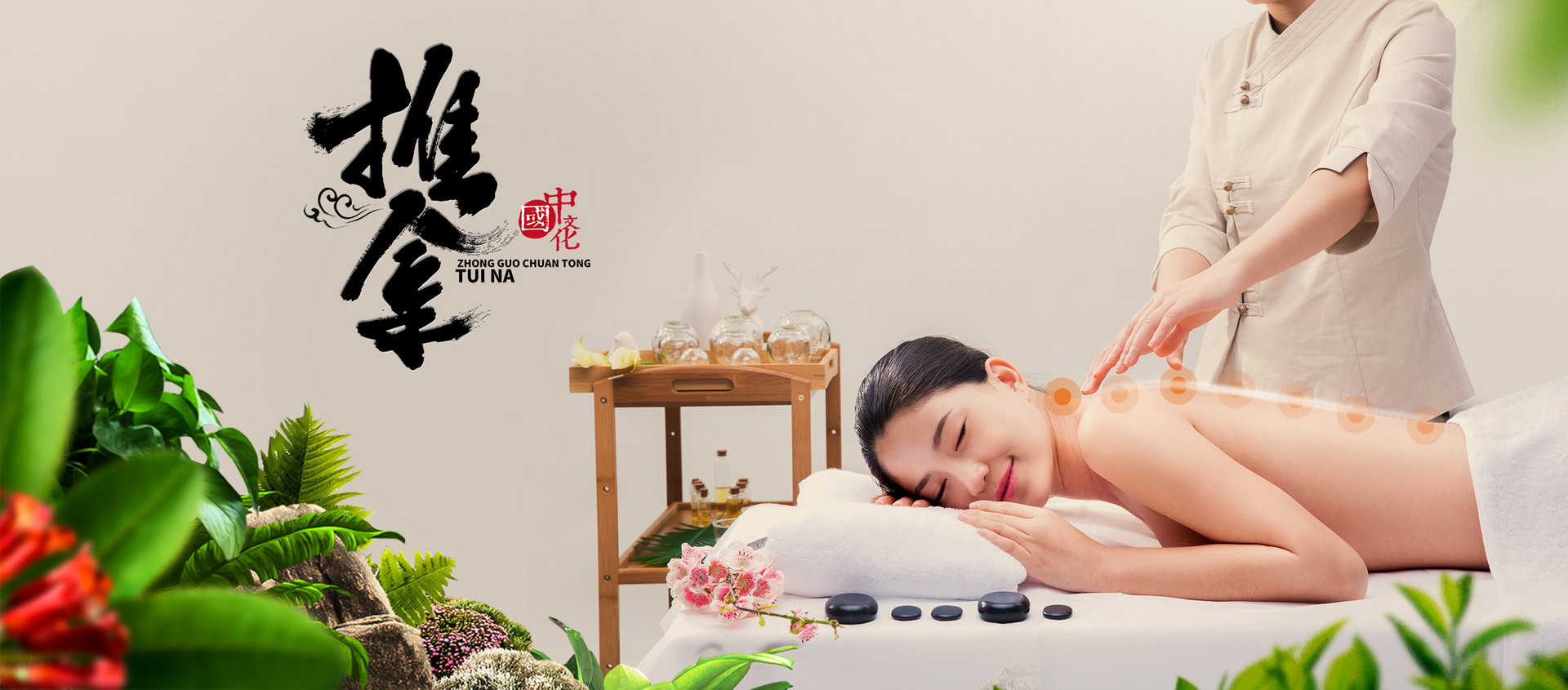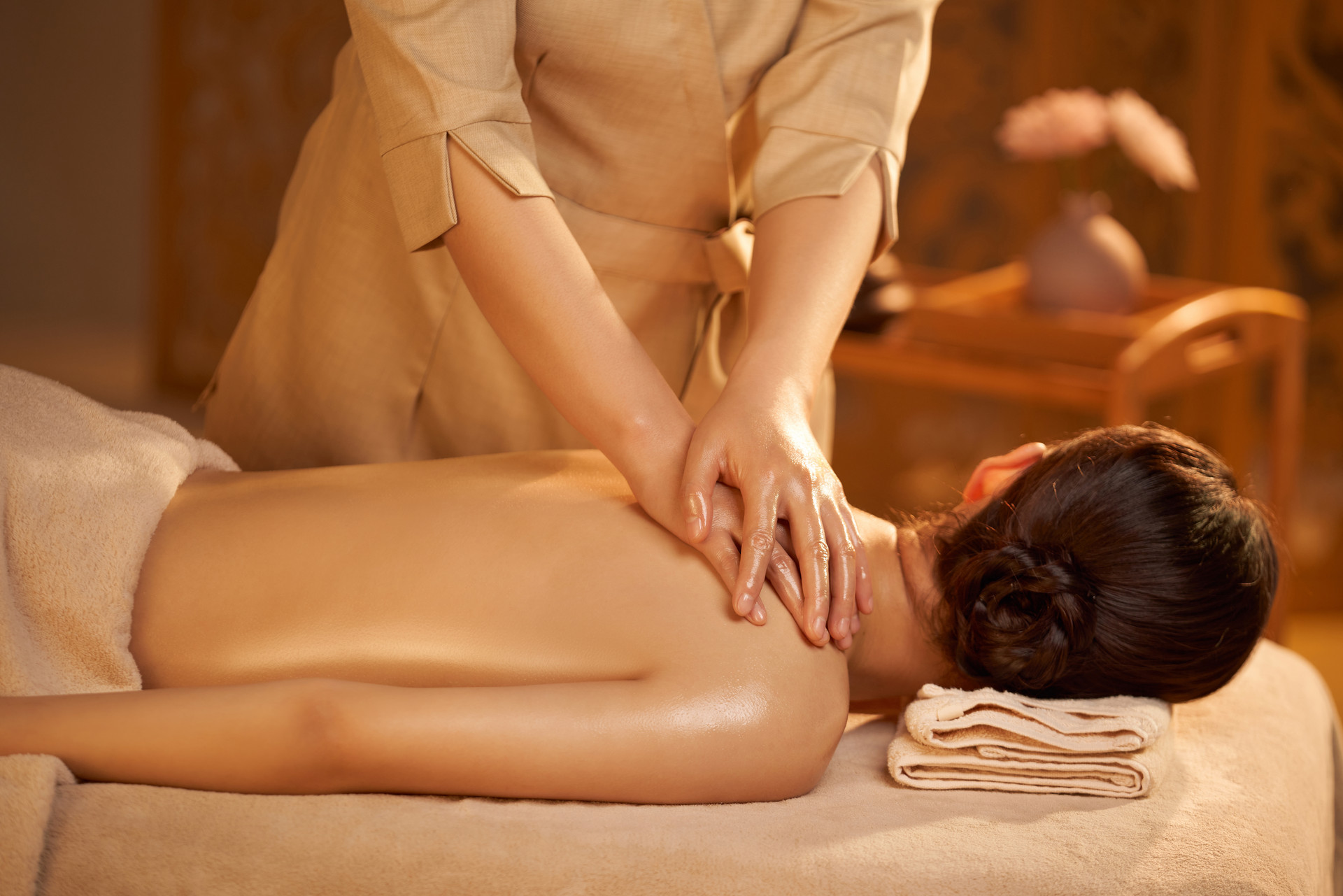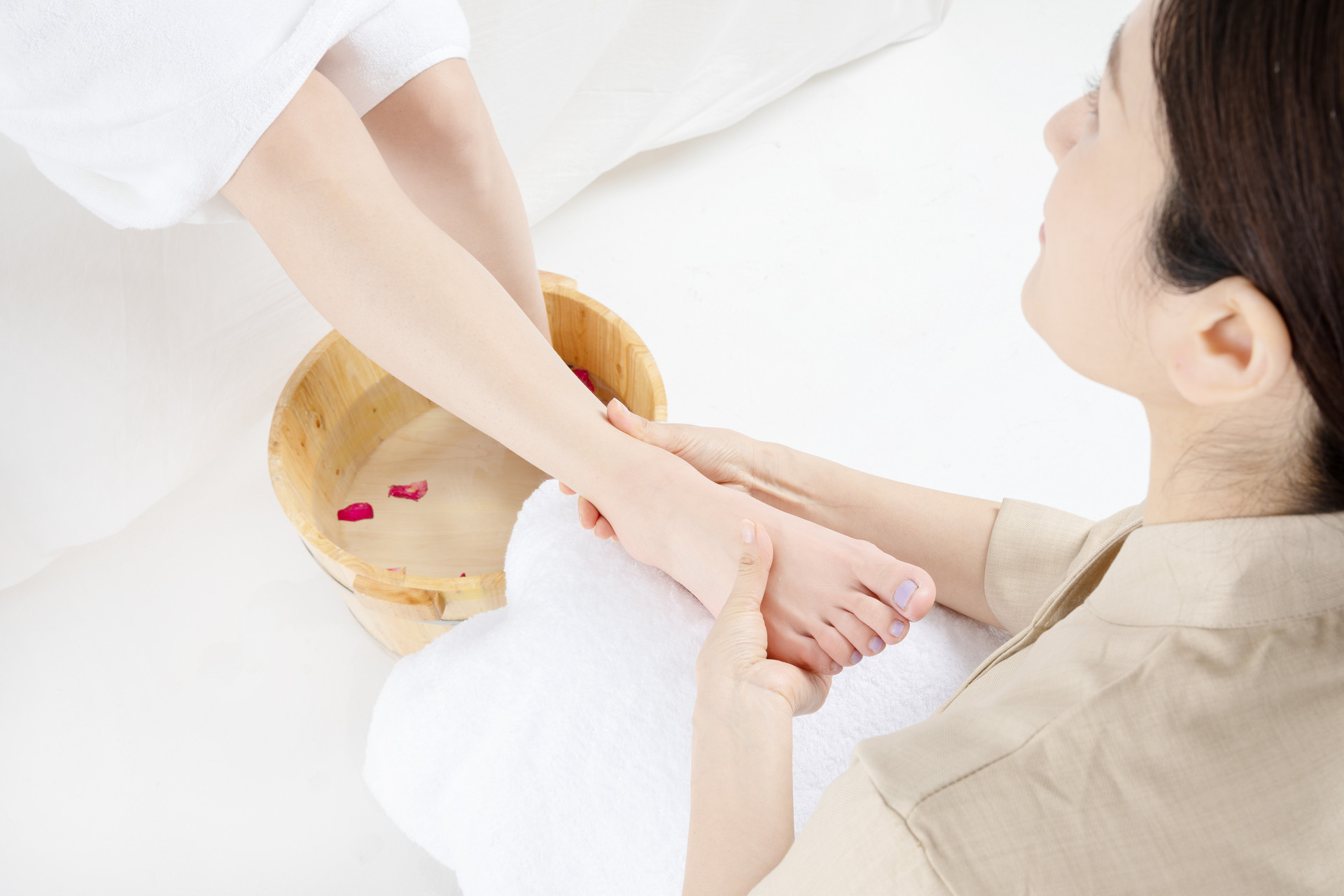Blind massage is currently popular. Although blind masseurs cannot see, they have accurate knowledge of the acupoints throughout the body. Additionally, they have more precise control over the intensity of their movements compared to normal individuals. Today, I will introduce eight massage techniques for treating various diseases.
Eight Massage Techniques
1. Warm: Using swinging, rubbing, and pressing techniques, apply slow and gentle rhythmic movements to specific acupoints or areas to deeply penetrate the muscles or organs, with the aim of warming and dispelling cold. This technique is suitable for conditions caused by deficiency and cold.
2. Tonify: Utilize pushing, rubbing, and kneading techniques to focus on the middle epigastrium, Tian Shu, Qi Hai, and Guan Yuan acupoints on the abdomen. Apply pressing, rubbing, pushing, and point techniques to the Bladder meridian on the back and the Ya Jie acupoint on the spine to tonify deficient qi, blood, fluids, and organ functions. The emphasis is on tonifying the postnatal spleen and stomach and the prenatal waist and kidneys.
3. Unblock: Apply pushing, holding, rubbing, and other techniques to the limbs to unblock the meridians. Hold the shoulder well to unblock the qi mechanism, promote the circulation of qi and blood, and stimulate acupoints on the back to unblock the circulation of qi and blood in the organs, with the aim of eliminating stagnant pathogenic factors.
4. Purge: Use pressing, rubbing, and plucking techniques on the abdomen, generally used for lower jiao syndrome. This technique can be used for conditions such as lower abdominal distension or pain caused by stagnation of heat and accumulation, excessive food accumulation, and difficulty with bowel movements. Its advantage lies in its powerful effect without the use of drugs and without any toxic side effects.
5. Induce Sweating: Use gradually increasing stimulation to induce sweating throughout the body, promoting the resolution of pathogenic factors from the surface and alleviating wind-heat or wind-cold conditions.
6. Harmonize: Apply rolling, pressing, rubbing, and other techniques to the limbs and back to achieve the goal of harmonizing qi and blood, regulating the superficial and deep layers, and balancing yin and yang. This technique is mainly used for conditions where the disease is situated between the superficial and deep layers, and sweating, vomiting, or purging are not appropriate. It can regulate pulse and qi, harmonize menstrual blood, and alleviate pain caused by disharmony of the liver and stomach, irregular menstruation, disharmony of the spleen and stomach, and generalized body pain.
7. Disperse: The main function is to "rub and disperse, dissolve and transform" accumulations, whether tangible or intangible. This technique can disperse accumulations and promote the circulation of qi and blood, resolving accumulations and stagnation in the organs, blood, and phlegm and food stagnation.
8. Clear: Use a combination of firm and gentle techniques on specific acupoints or areas to achieve the goal of clearing heat and eliminating restlessness.
Massage is a form of traditional Chinese medicine that uses massage and manipulation on the meridians and acupoints of the body. It is a natural and healthy therapy with no side effects. By massaging specific injured areas or acupoints, it can effectively treat diseases.
Massage Therapy and Techniques in Traditional Chinese Medicine
Massage, also known as "anmo" in Chinese, is an important part of the treasure trove of Chinese medicine. It is one of the four major clinical treatment methods alongside Chinese herbs, acupuncture, and qigong. Massage therapy is widely welcomed by doctors and patients due to its simplicity, significant therapeutic effects, and economic safety. Let's take a look at the treatment methods and techniques of massage therapy.











